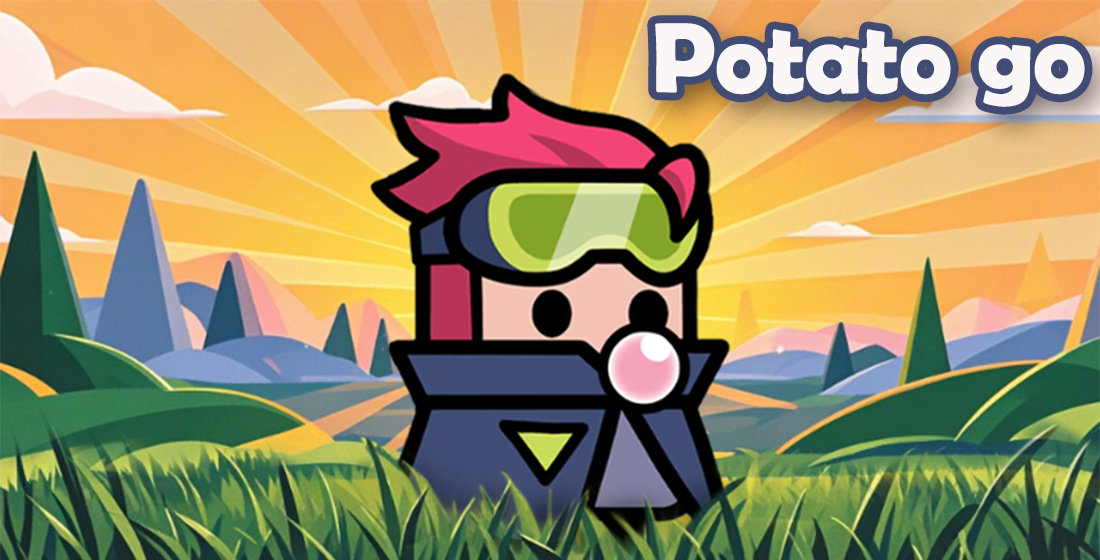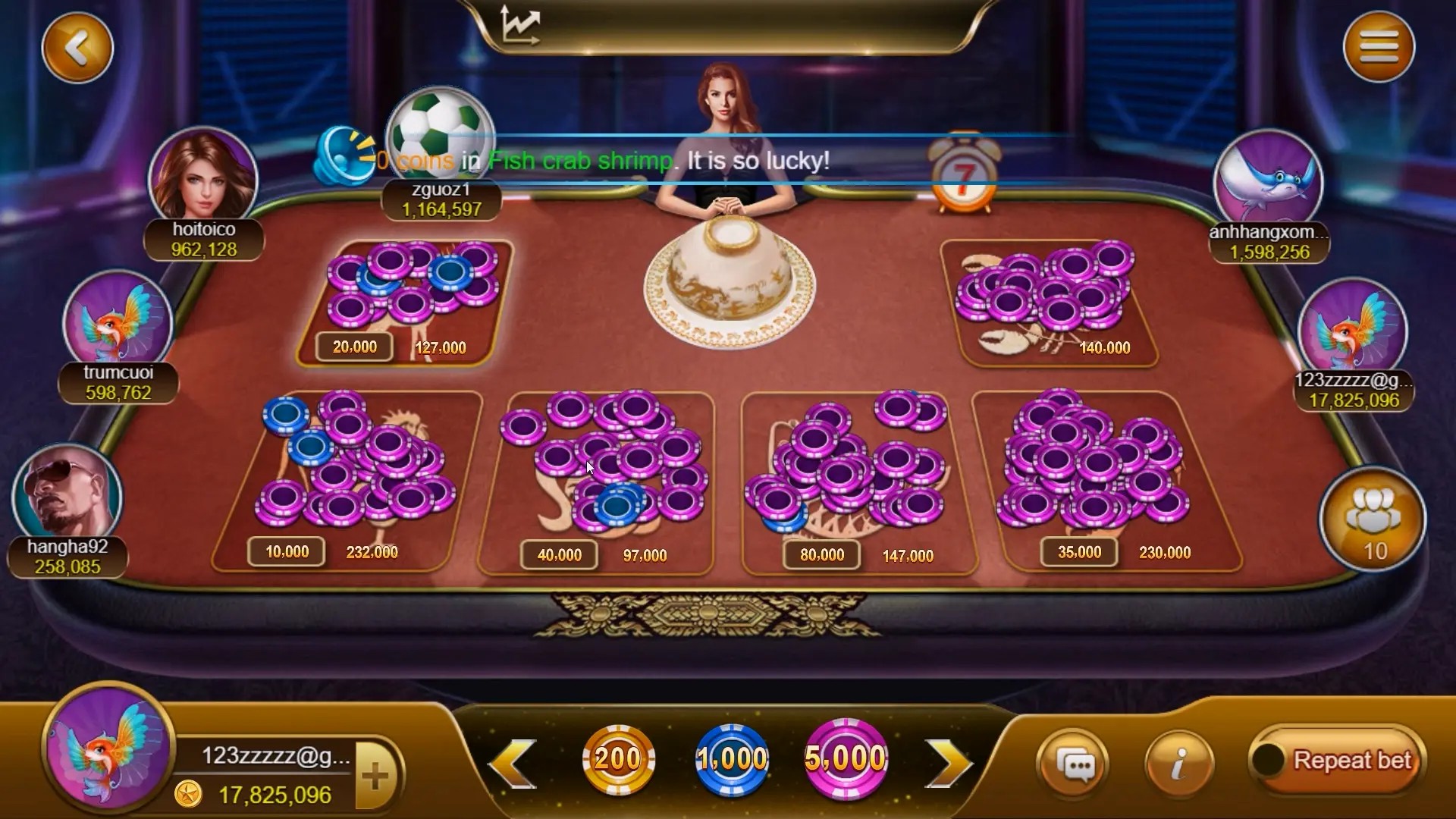Unlocking Creativity: How Sandbox Games Double as Engaging Educational Tools
In recent years, sandbox games have emerged as more than just a source of entertainment; they serve as instrumental educational games that can unlock creativity and facilitate learning in a fun, interactive way. These games allow players to explore endless possibilities, creating not just a virtual world but a playground for the imagination. They provide an excellent platform not only for self-expression but also for problem-solving skills, making them a fantastic tool in educational settings.
The Appeal of Sandbox Games
What draws people, particularly younger audiences, to sandbox games? The answer lies in their user-driven content and freedom of choice. Players can build, explore, and interact within the game's environment in ways that traditional games do not allow. Here's why they have become a hit:
- Creative Freedom: Players can create their own scenarios and outcomes.
- Interactive Learning: Players learn from their actions in a dynamic environment.
- Social Interaction: Many sandbox games offer multiplayer options for co-op play.
- Problem-Solving Skills: Players are often faced with challenges that require critical thinking.
Educational Benefits of Sandbox Games
Research indicates that gaming can significantly impact cognitive development. Educational games featuring sandbox mechanics offer benefits that extend beyond entertainment:
| Benefit | Description |
|---|---|
| Creativity Boost | Encourages players to think outside the box and innovate. |
| Critical Thinking | Players make decisions and observe outcomes, enhancing analytical skills. |
| Collaboration | Working in teams fosters communication skills. |
| Persistence | Learning through trial and error builds perseverance. |
Sandbox Games as Problem Solvers
In the realm of educational games, sandbox games can also be seen as engaging ways to tackle complex subject matter. For instance, understanding concepts like physics can be fun through in-game experiments. One of the examples of engaging gameplay lies in domain and kingdom puzzle pieces answer key types of challenges, which encourage players to use logic and spatial reasoning, essential skills that can be transferred to real-world applications.
Exploring the World of Singleplayer RPG Games
Another genre that complements sandbox games is singleplayer RPG games. Although they differ in mechanics, RPGs offer rich storytelling and character development. Players become immersed in diverse worlds, fostering imagination and empathy. Here’s a quick comparison:
| Aspect | Sandbox Games | Singleplayer RPG Games |
|---|---|---|
| Gameplay | User-driven, open environments | Structured narratives with quests |
| Creativity | High | Moderate |
| Learning Curve | Trial and error | Gradual skill acquisition |
| Social Interaction | Can be multiplayer | Mostly singleplayer |
Integrating Sandbox Games into Educational Curriculums
Educators are increasingly recognizing the utility of sandbox games in classrooms. Here are some effective methods for integration:
- Project-Based Learning: Allow students to create projects using sandbox environments.
- Group Challenges: Facilitate team-based tasks that require collaboration.
- Gamified Assessments: Use game mechanics to evaluate student understanding.
- Creative Assignments: Encourage imaginative assignments related to course content.
Conclusion
In conclusion, sandbox games have transformed from mere entertainment to invaluable educational tools. Not only do they foster creativity and critical thinking, but they also provide engaging learning experiences. As we continue to explore their potential, it's evident that these games will play a significant role in shaping education in the 21st century. Schools and educators should embrace this trend, integrating sandbox games into learning to create a more interactive and enjoyable educational landscape. After all, learning should not be a chore; it can be an adventure.



